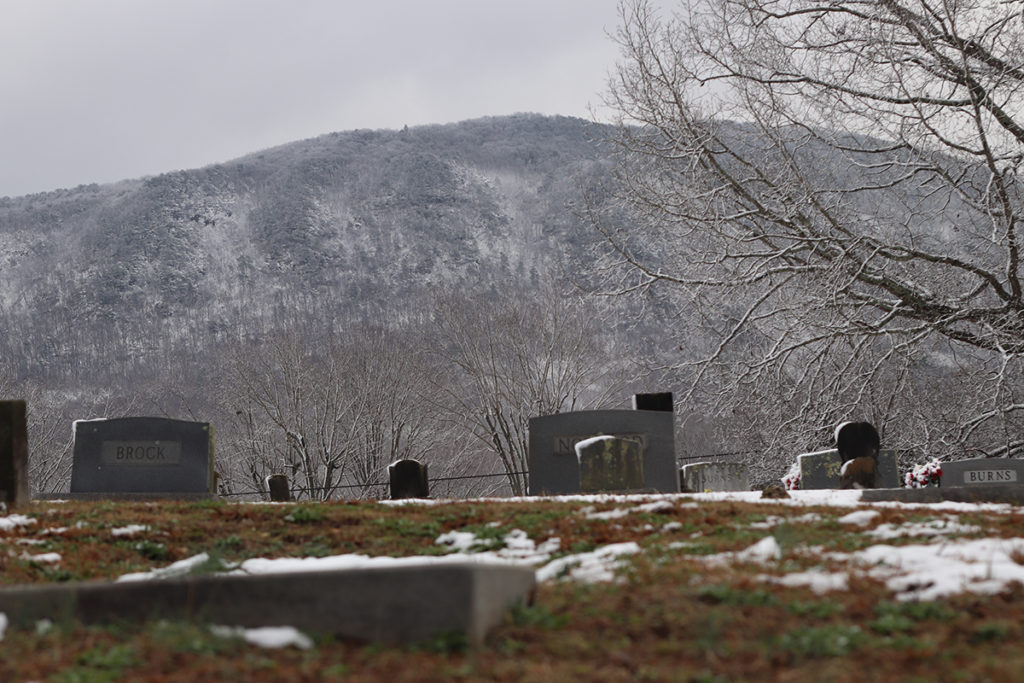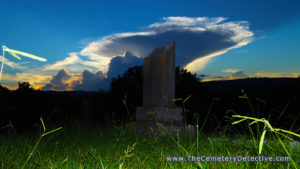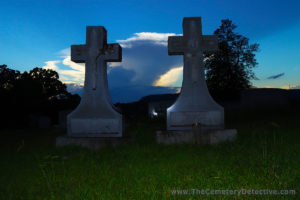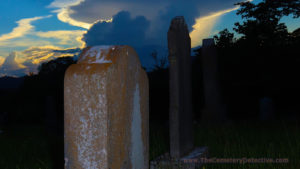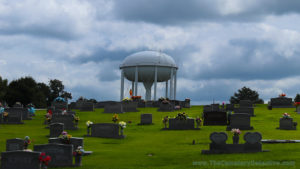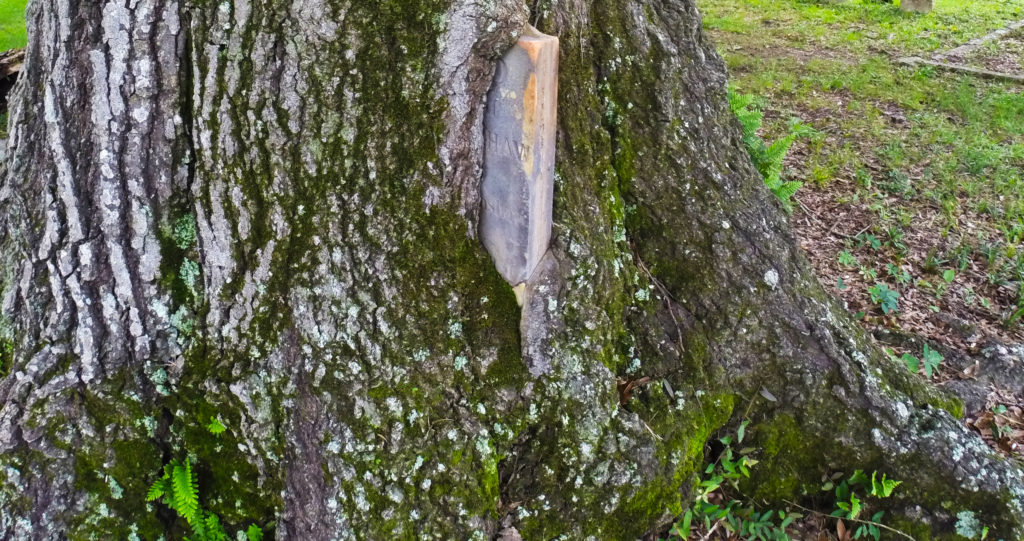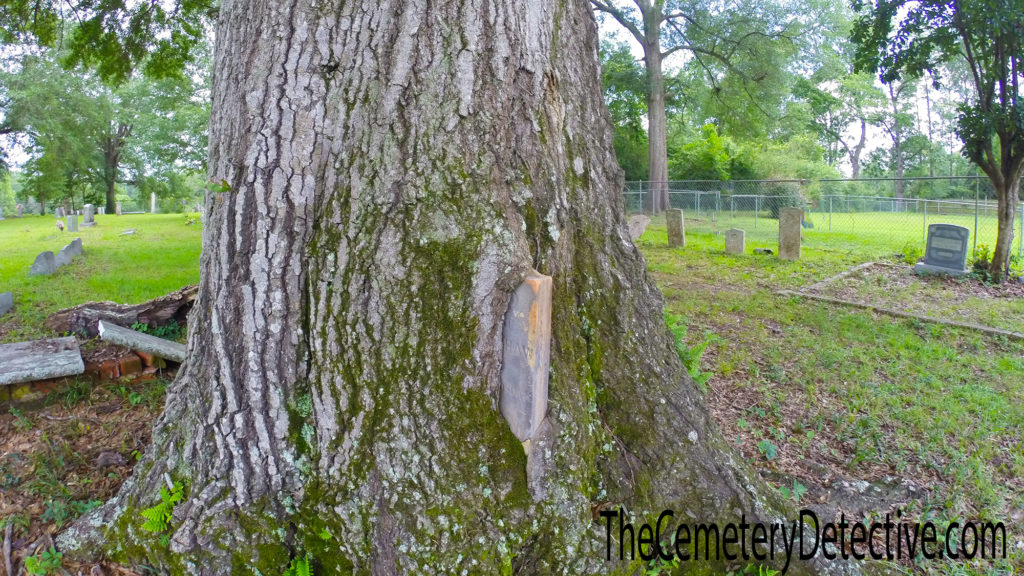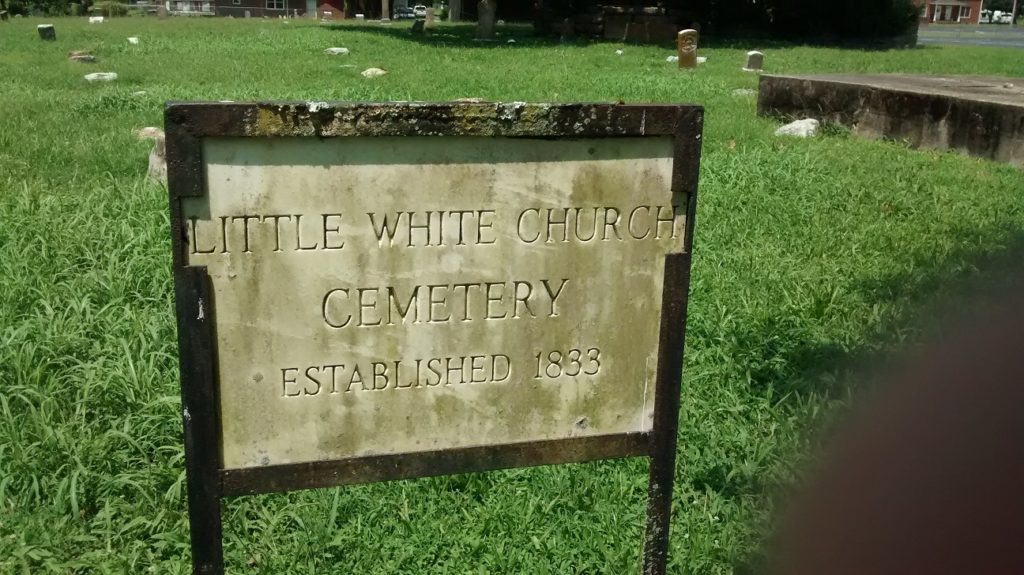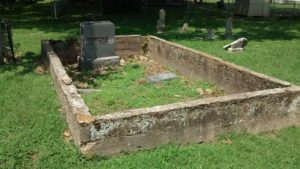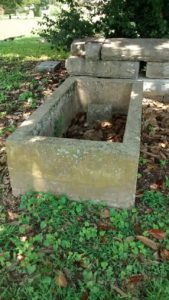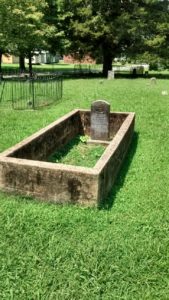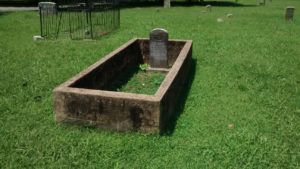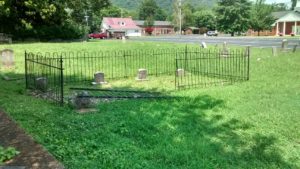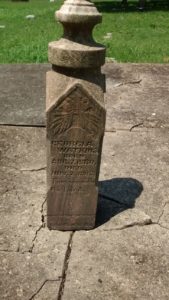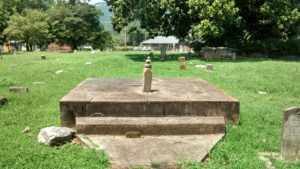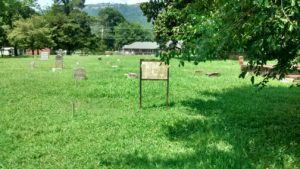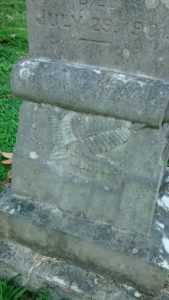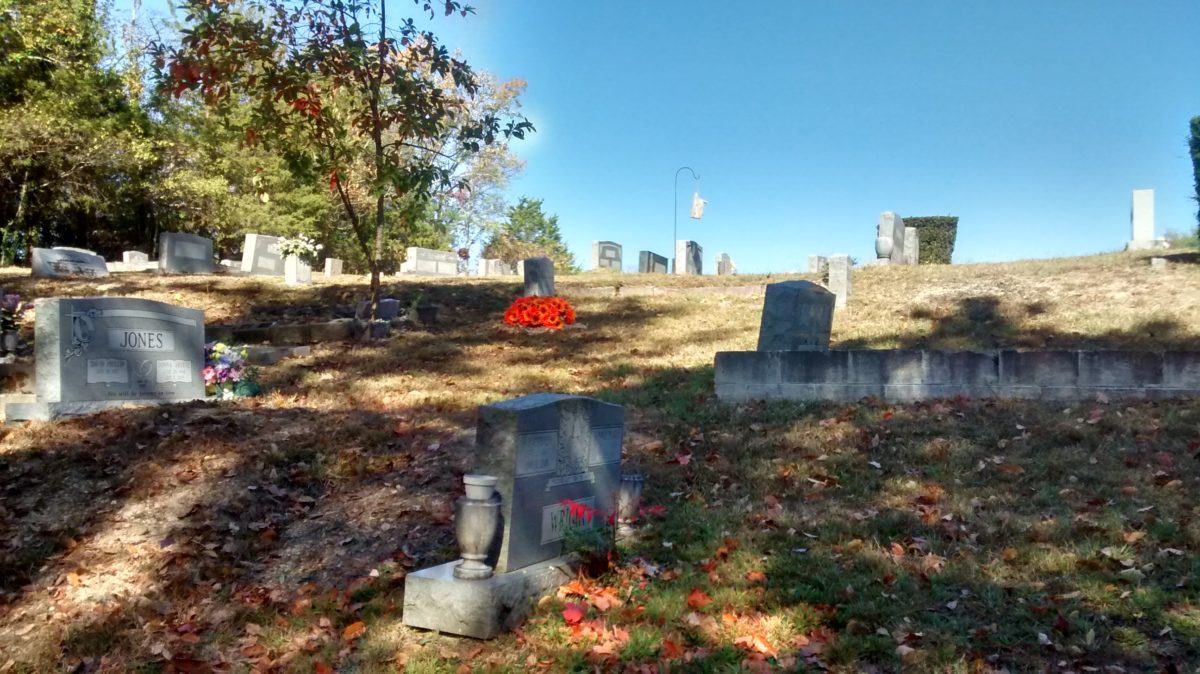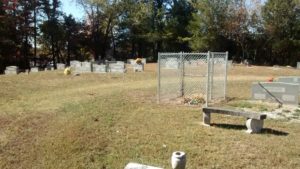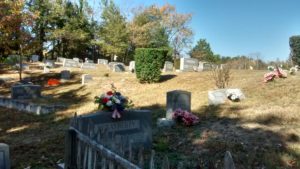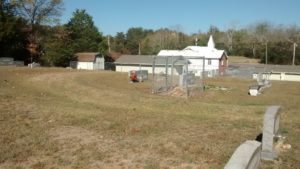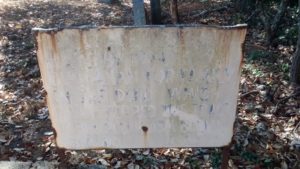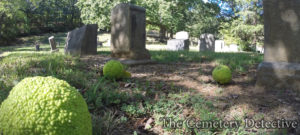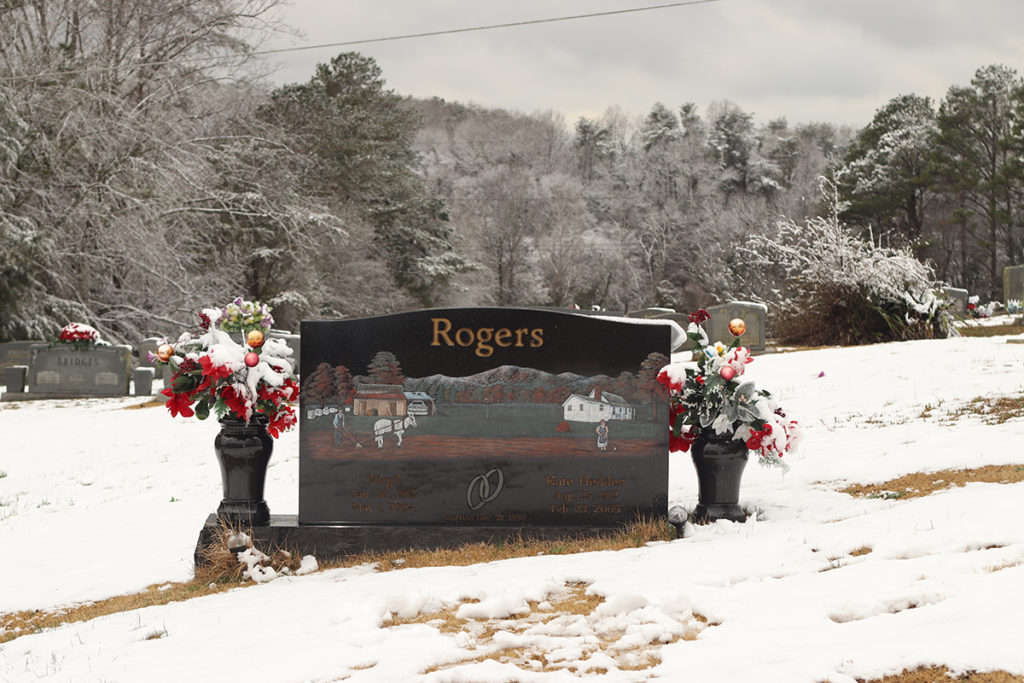
Gravestones Tell a Story
Gravestones signify a person’s passing, a life lived.
Gravestones present opportunities for loved-ones to reminisce.
Gravestones allow those who never knew the deceased to imagine what their lives were like in the time they lived.
Gravestones can be as simple as uninscripted fieldstones; without names or dates, they simply mark places of burial.
Or, gravestones can give detailed information about the people’s lives, causes of death, and family connections.
I found a gravestone recently during my study of cemeteries in Polk County, Tennessee. With a laser-etched image and a few simple words, this gravestone might very well do the best job explaining a couple’s life and lifestyle of any gravestone I have ever seen.
The context of the gravestone lies in the surroundings of the cemetery. As I view the stone, behind me the hills of Chilhowie Mountain are ablaze in autumn’s colors. In front of me, the valley stretches into fertile flatlands. And all around me, Polk County slowly trudges through time as it has for two centuries.
The gravestone perfectly captures this couple’s life and the time in which they lived. He, in his overalls, is strapped behind a plow horse. She, in her apron, expertly wields a hoe. Together, they tend their garden. Beside the garden patch is a row of bee hives. Obviously, the couple made their own honey.
A small farmhouse sits just beyond a clothesline where the couple’s laundry was dried on warm summer days. I imagine the image is captured during a season change because the hilltops are lightly dusted with white frost. I’ve seen this frost many times but most recently when I began an early morning March paddle of the Hiwassee River not far from here.
This Gravestone Reflects an Image
The smoothness of the gravestone perfectly reflects Chilhowie Mountain behind me. I want to visit this cemetery one winter morning when there is frost atop the hills so I can see them reflected just as they are depicted on the gravestone. The crux of the scene is captured in words written on the tailgate of an old pickup truck parked in a wooden barn where the plow horse spends its nights.
The words allude to the changes that Polk County is experiencing and not only of the death of the couple buried here but the passing of a lifestyle and the fading of their home. The words are small. I have to get close to see what they actually say but when I read them, I almost tear up. “About all that’s left of the old homeplace is a lot of memories.”
The Importance of Maintaining Cemeteries
Whether a grave marker is a simple field stone or a detailed description of a person’s life, gravestones help us hold onto the memories, and that is important.
